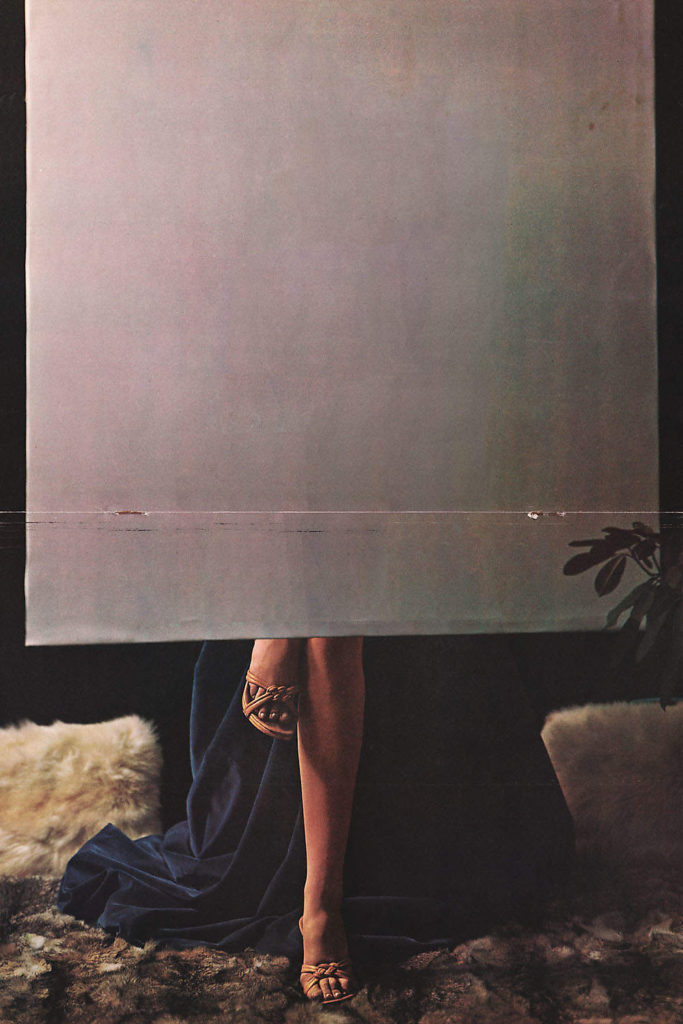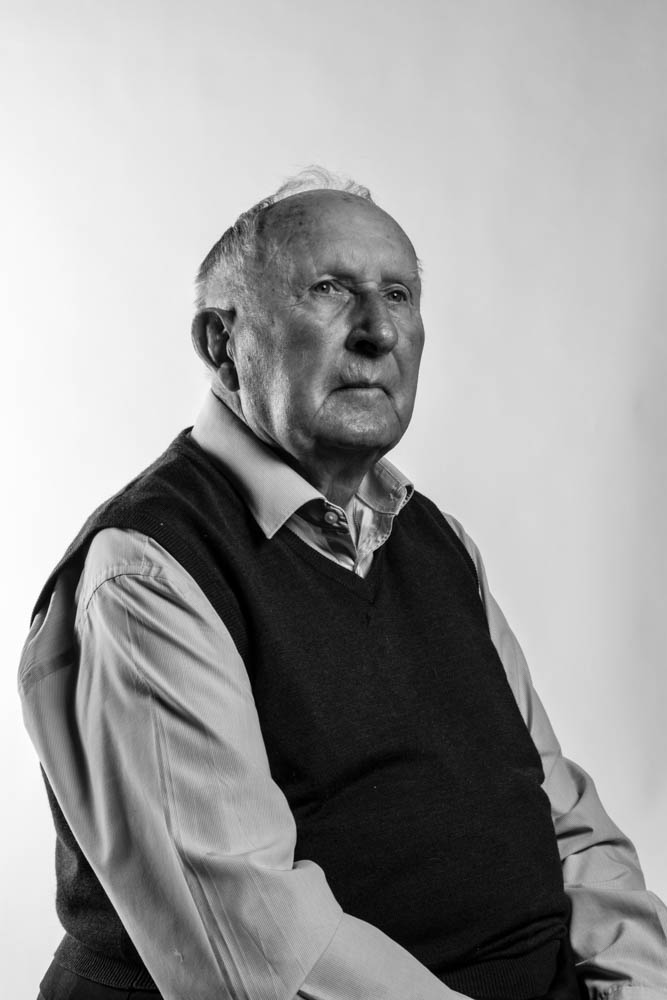- Age 6 when the Occupation of Jersey first started
- Lived on the east coast of Jersey which allowed her to have a view of the French Coast
- When the occupation first started she heard the original bombing which took place in France, before the Germans came over to Jersey
- She and her five year old neighbour used to play on the roads around their houses, watching the planes fly around the outcast of France and above them in Gorey, flying towards St.Helier (Victoria Avenue)
- It was heard that bombing were taking place on Victoria Avenue which is in the parish of St.Helier/ St.Lawrence of Jersey.
- Mothers moved the children from the street to be undercover in bushes which allowed them to be protected from the sight of planes when the bombings took place in the middle of the island.
- She explained the bombings to be very loud although she spent most of that night looking at the starts in the sky which stood out due to the ash. It was said that she also found looking at the stars very relaxing.
- The Germans overtook Jersey and set up base on the highest point of Jersey which is known as Les Plutons. They used this part to shoot over at France as the height gave them a clear shot.
- Once the Germans overtook, rules were introduced.
- The first was that households had to put up white sheets outside their houses to show the Germans that they could enter.
- Secondly, that each family had to have a ration booklet. The booklet contained removable stamps which were used to purchase the essential food items such as sugar, cooking oil, canned goods and meats.
- The family lent their ration booklet to someone and they never gave it back due to having a massive shortage of food.
- Due to living next to a farm, Joan’s mother wrote her occupation as being a farmer which allowed her to get more o the essential items, and it was believable because of the location they lived in. Making them lucky.
- Thirdly, the Germans then introduced a curfew for the people who lived in the military zone. The times for these being 9pm in the winter and 10pm in the summer, and you weren’t allowed back outside until 6am.
- Black outs were also introduced where every house had to black out their windows with cardboard in order to not let any light outside the house. Street lamps were also turned off making pure darkness.
- Lastly, a German currency was introduced called ‘Marks and Pfennig’, the amount each person got was up to the original amount they had in English.
- A typical substitute for tea and coffee during these time was parsnips browned on the stove and mixed with boiling water.
- For farmers who originally grew crops for a living, there was a restriction on how much they could grow in the war and it was kept an eye on by the germans to ensure the rules were followed.
- Joan’s family would go and collect the remains of the corn left over from August’s harvest and stash it in their apron sacs without the Germans seeing. The corn would allow them to take it to the mill or hide the corn
- The overall 95% of Jersey Channel Islands followed the rules and got on with the Germans, it was only if you were to mistreat the Germans and not follow rules that there would be a serious problem.
Monthly Archives: September 2019
Filters
Eve Stenram study
Stenram deliberately focuses on the lower body or arms while removing the reciprocal gaze from the subject by veiling the head and torso. Through the impossibility of eye contact we are free to leer, unmediated as voyeurs. We can survey the details in each image unencumbered by conscious relations or responsibility to the other, thereby objectifying the body and the potential for fetishism. Simple graphic and inanimate hands, feet, ankles become more tantalising when isolated for examination.
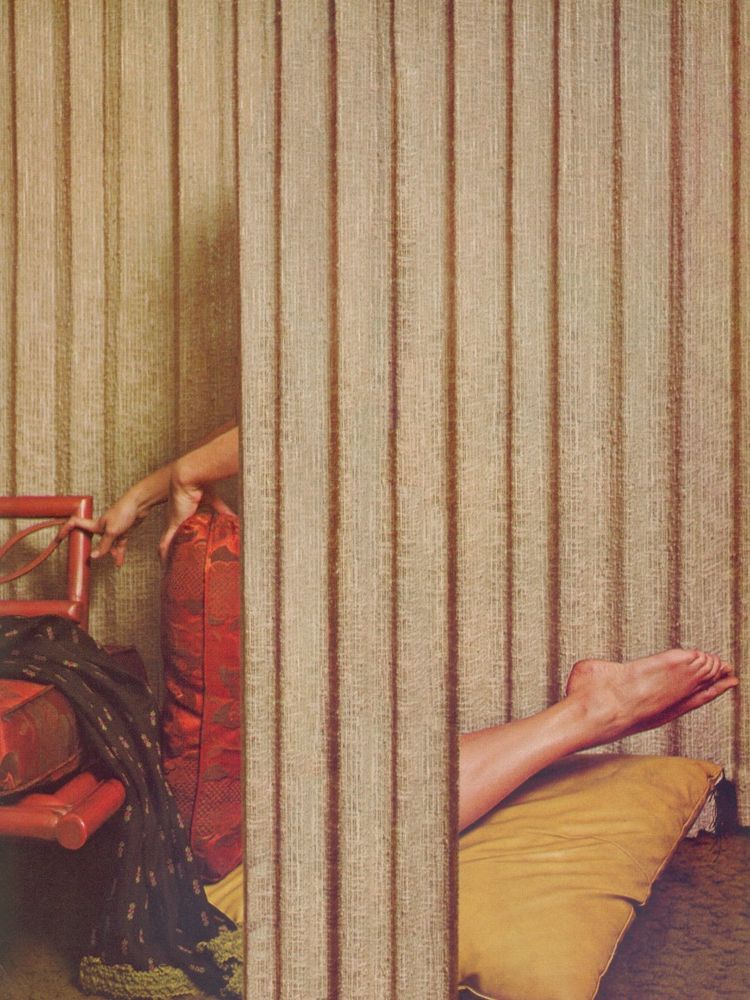

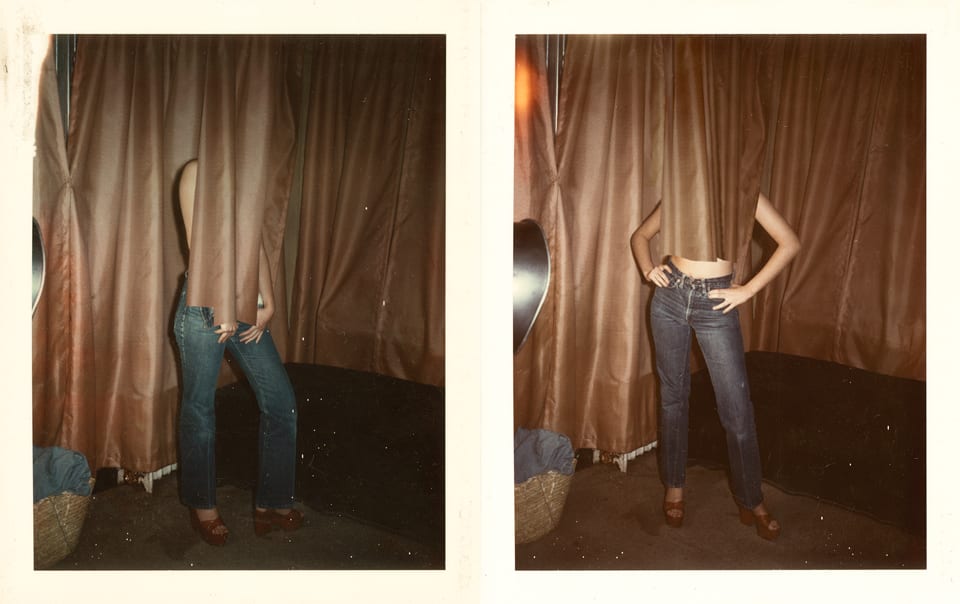
Vintage, pin-up photos are the inspiration and direct material for the series, the title of which, Drape, interprets the work in relation to the subjects in the images – the women who literally drape themselves around the set but also in terms of the curtains that conceal them. All of the images are subtle,black and white interiors shot in a similar style with each woman, or so we assume, positioned in front of a window. The artist’s intervention in the image is to extend the curtains to conceal the head and torso. The images remind me in someway of certain works by Louise Bourgeois, namely the disaggregation of body parts, controlling the material and the information that is exposed. They especially recall her drawings where she would combine half woman-half house, a birdcage with legs and so on.
Born in Sweden, Eva Stenram studied at the Slade School of Fine Art and the Royal College of Art. She has exhibited internationally, including shows at the V&A Museum, Zendai Museum of Modern Art (China), Museum of Contemporary Art Teipei (Taiwan), Seoul Museum of Art (South Korea) and Bhau Daji Lad Mumbai City Museum (India). Her work has featured in several magazines including Architectural Review, Blueprint, Source, Succour and The New Statesman. Eva Stenram worked as a lecturer in Fine Art, Photography and Video Art at the University of Bedfordshire from 2006-2010 and has been a visiting lecturer at the University of Creative Arts, Derby University, Glasgow School of Art, Southampton Institute and the Arts Institute at Bournemouth.
JERSEY ARCHIVES
On Monday we took a visit to the Jersey Archive which is the islands national repository holding archival material from public institutions as well as private businesses. The Jersey archive is used for information on multiple information sources for example, people often go to the Archive to find out about :
Family history is one of the most popular reasons people visit and go into the archive. The archive allows people to find and research into previous family members that they might not have met. It allows the public to go on a discovery through their past and find out about ancestors not only that but about their lives, their personalities and values. There is an extensive collection of books, family trees, letters to and from loved ones, indexes of baptism, marriages and deaths but also valuable ornaments and pictures that are all carefully and delicately looked after.
Jersey Heritage is delighted that the Channel Island history is collected and kept safely at the Jersey Archive. The Jersey archives have people working there with experience of over 30 years who are more than willing to help members of the public re-discover grey areas in their backgrounds. For people that may have not been living here for long it is a good place to start when trying to begin a family tree. The archive also holds a collection of occupation registration cards aswell. These cards are valuable as they contain invaluable information on your ancestors. The entire civilisation of Jersey had to have one of those cards unless they were foreign which meant they would be given another form of registration card called an Alien card which was often blue. The archive holds over 31,000 registration cards of people that lived on the island during the time Jersey had been occupied. Each card contained information like the persons address, name, date and place of birth, maiden name and their current occupation. The card also has a passport sized photo on it in black and white. The archive also has military records, criminal records, education records which tend to be the next most popular pieces of information people want to find out. Records such as the first world war roll of honour and rolls of service can give people more information into what they might be looking for. Some peoples anscetors might have appeared in court, sent to prison or even deported from the island, finding out details of their offences like that can sometimes piece someones knowledge of a certain individual. The archive also holds many police records, court documents and prison registers that can be used to find out if any of our ancestors are criminals. The online catalogue of the Jersey Heritage page holds over 200,000 document that are held as hard copies at the Jersey archives.
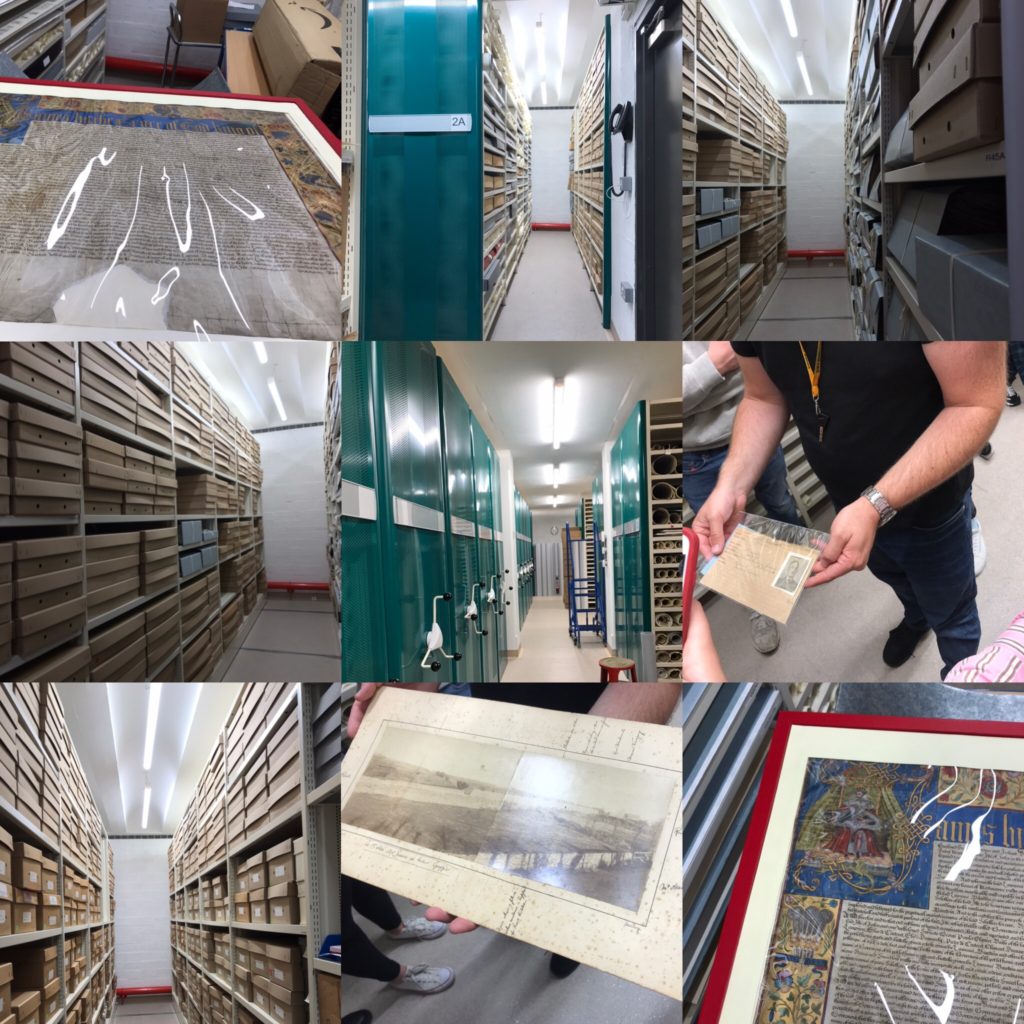
Below is an example of a registration card:

I selected her name at random due to me not having family over in Jersey during the time it was occupied. This is because I was born in Madeira so most of my family if not all of my family lived there apart from the odd one or two that moved to the UK. However, when I was at the archive I did search for people that had my surname and middle name, although not being successful with my second name Da silva I did find a couple of Abreu’s. I did confirm with my mum later on that evening that we didn’t have any family In Jersey during the occupation and during the war but not soon after it ended my family members began to move across.
Occupation Stories: Joan
We were lucky enough to be visited by an occupation veteran called Joan. She was 6 at the start of the occupation and we had the pleasure of spending an afternoon with her hearing her tales and stories of the occupation.
Joan lived up on the north coast and she recalls that prior to the occupation. Her and her mother and father would watch the lights from the gunfire over the coast of France and she would frequently hear and see planes flying over the coast of France.
She then spoke of the islanders reactions to the united kingdoms decision to demilitarize the Islands. Many islanders felt they had been sold off to the Germans and disregarded by the United Kingdom. Joan also told us of the time she watched German bombers fly over the island and heard distant explosions. These explosions actually turned out to be the Germans Bombing St Helier
She lived down the road from Les Platons, which was the highest point on the island and this immediately became a German stronghold and Joan can recall fortifications being built by slave workers as well as guns being brought in and deployed
Joan also spoke of life in general. The cliff faces and beaches were all wired off and mined and became restricted zones, as well as the introduction and issue of ration books to each and every islander. Joan’s mother registered as a farm worker in order to receive more weekly rations. A curfew was also put in place, Banning islanders from being out after 10pm in summer and pm in winter.
Not Only did Joan tell us her stories of the occupation, She also told us of her memories of liberation. On the 8th of may her father, who was an office worker in town got sent home early as news had broke of the fall of the Nazis in Europe and that Jersey would be liberated the following day. On his way home he passed a distant cousin who had been storing a lorry in their barn for the duration of the occupation. The whole family, Joan included all got in the lorry and drove to town to celebrate
Photographing Joan
Joan then gave us the opportunity to photograph her in the studio. Below are my originals and final edits
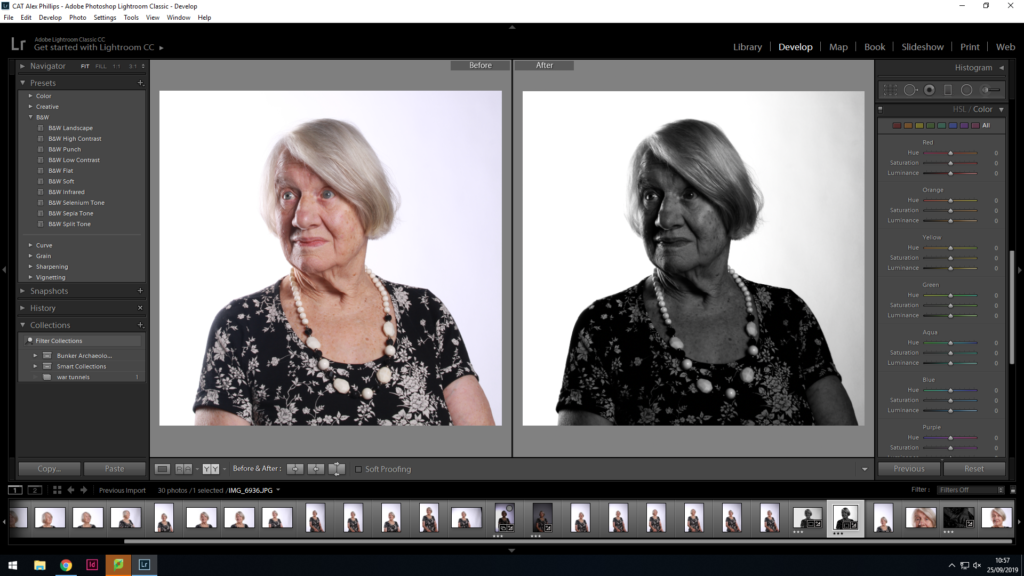

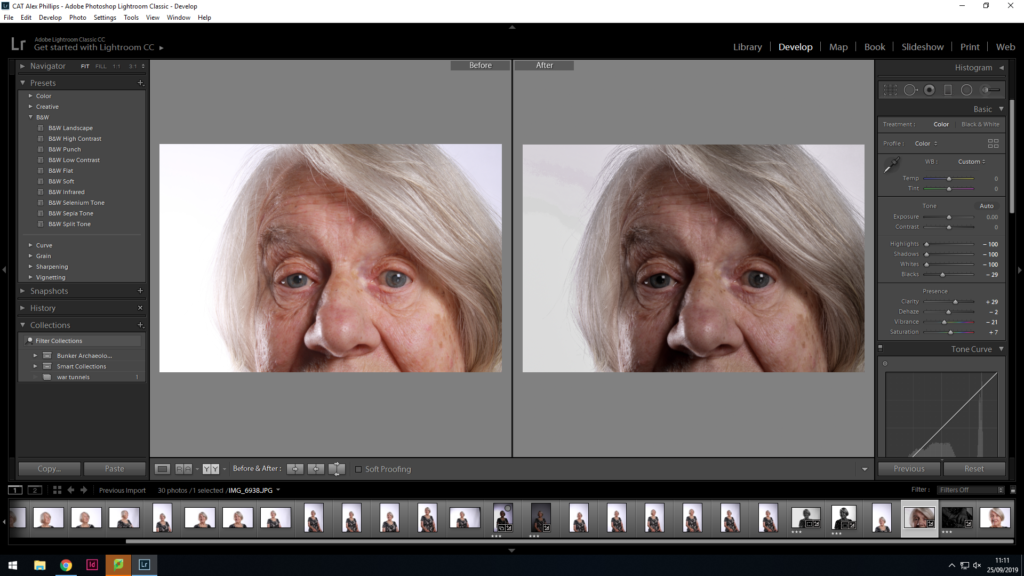
Home-Sweet-Home – Post 2 (Detail Shots)
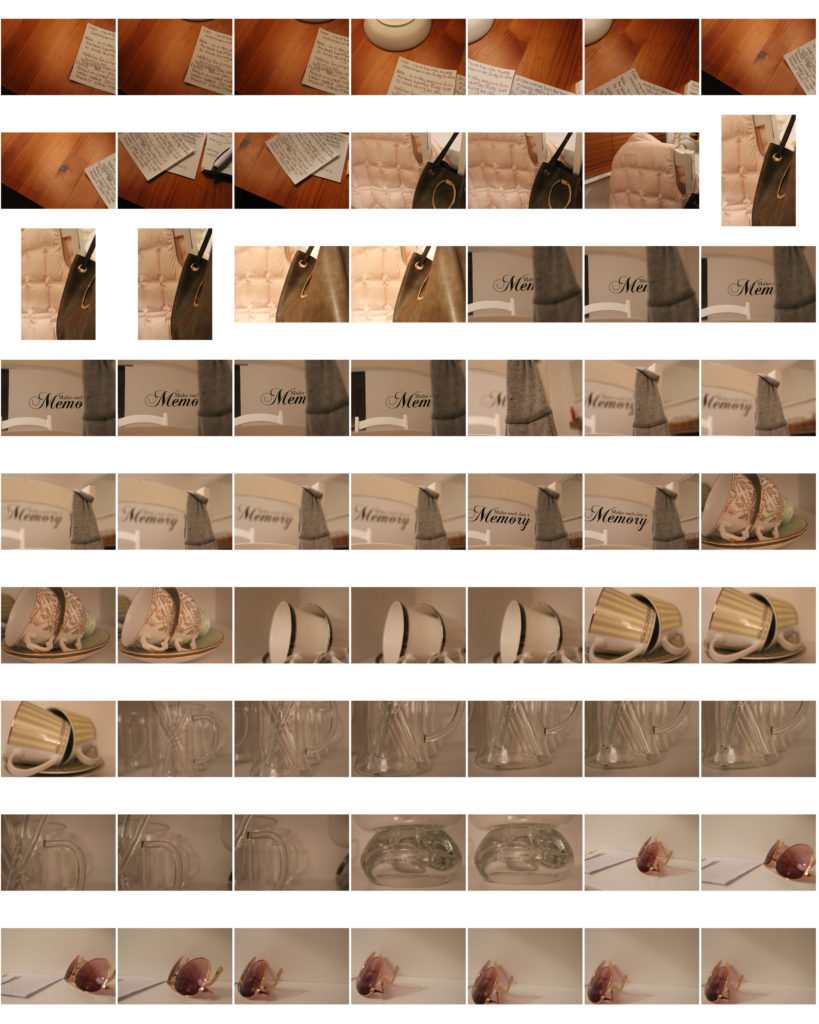
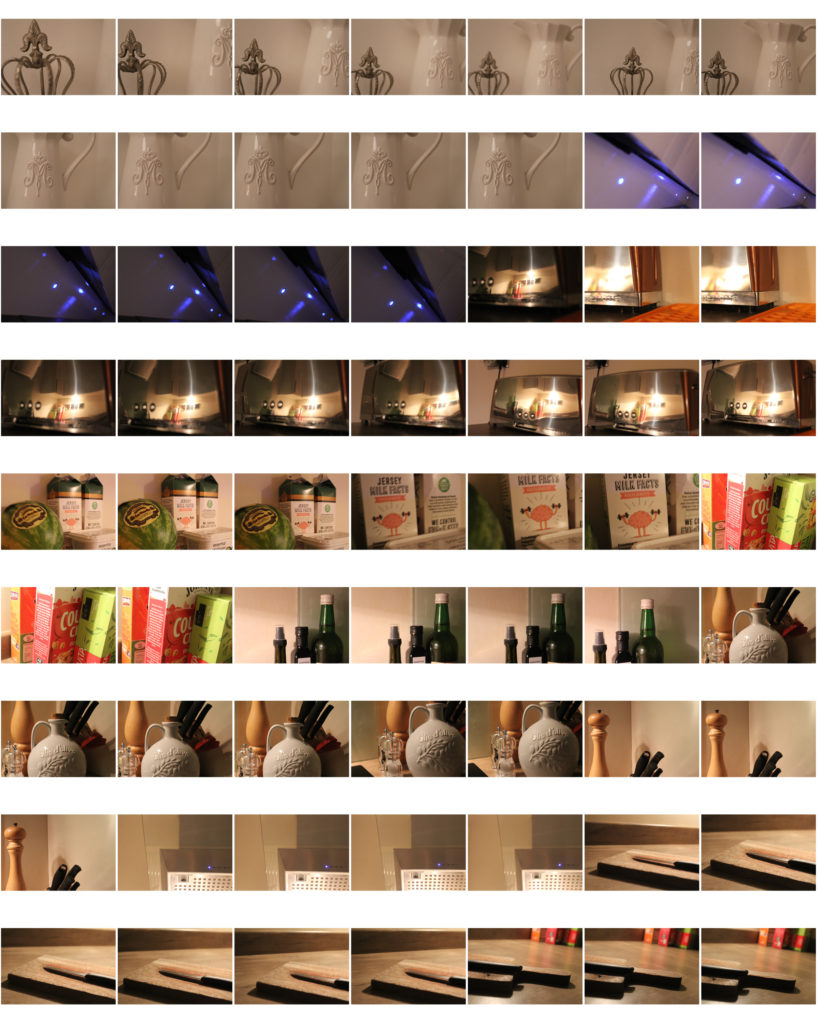
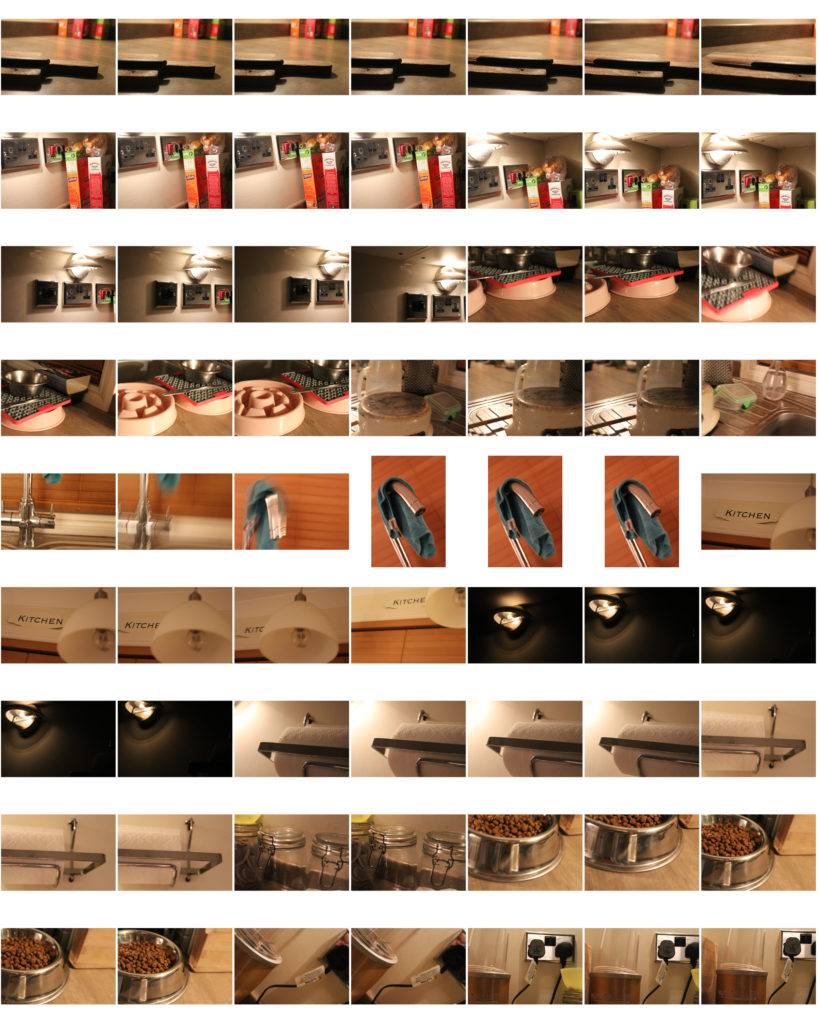

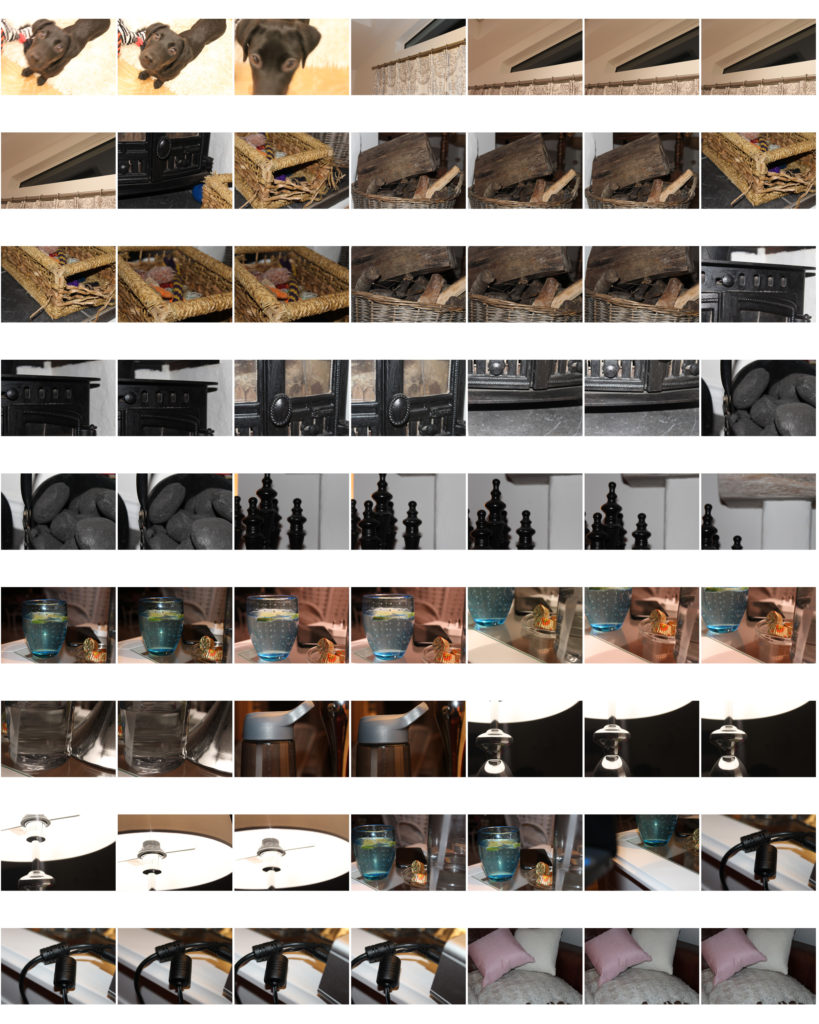

Home sweet home-exterior:Interior
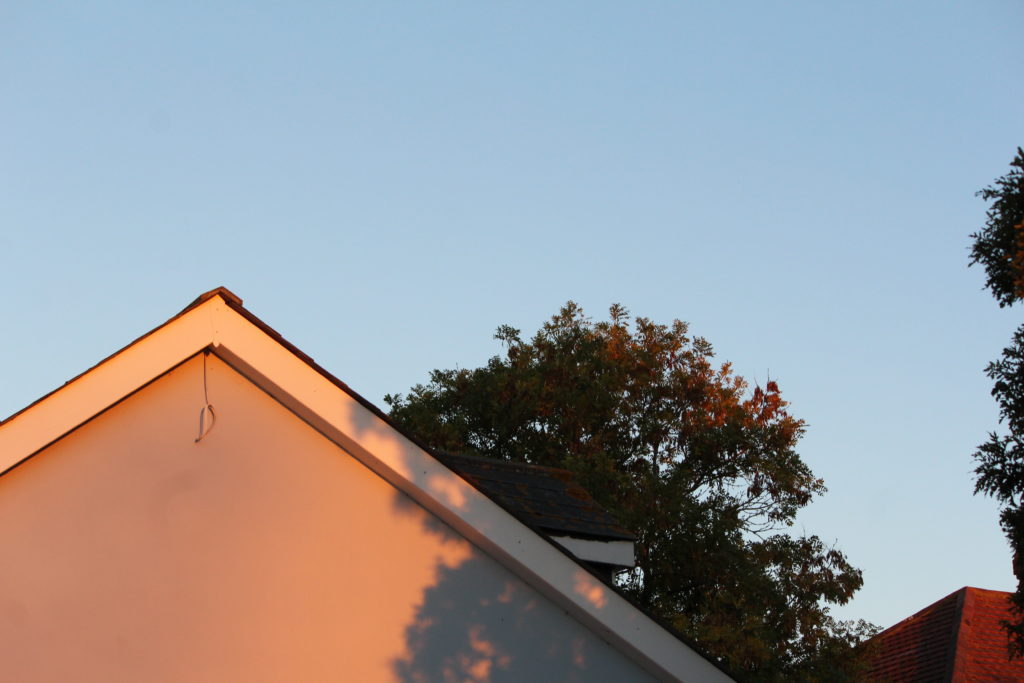
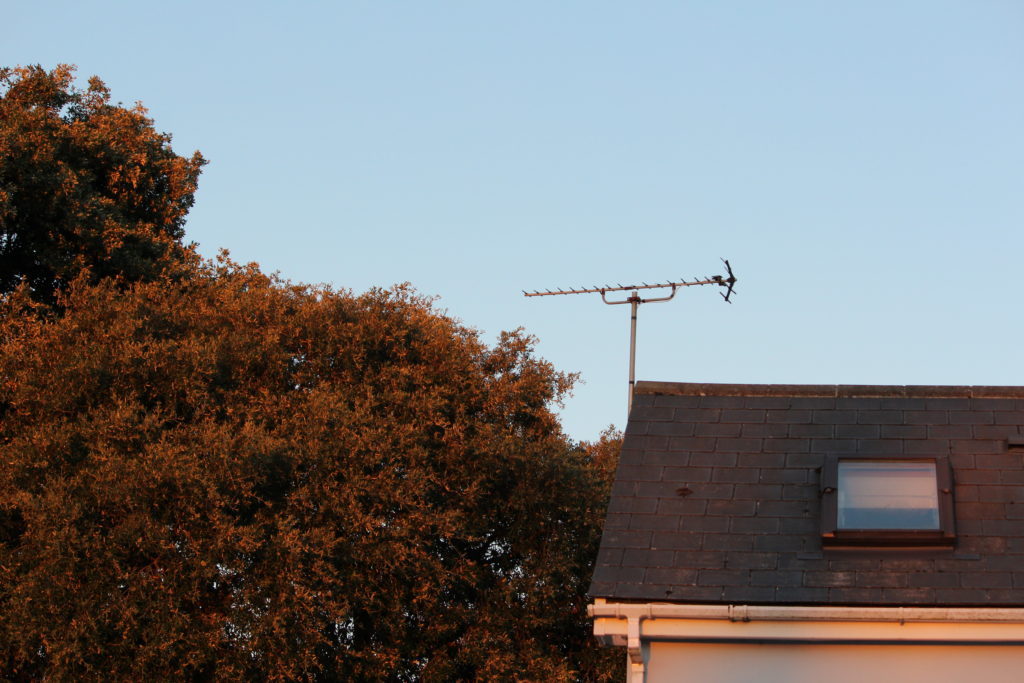
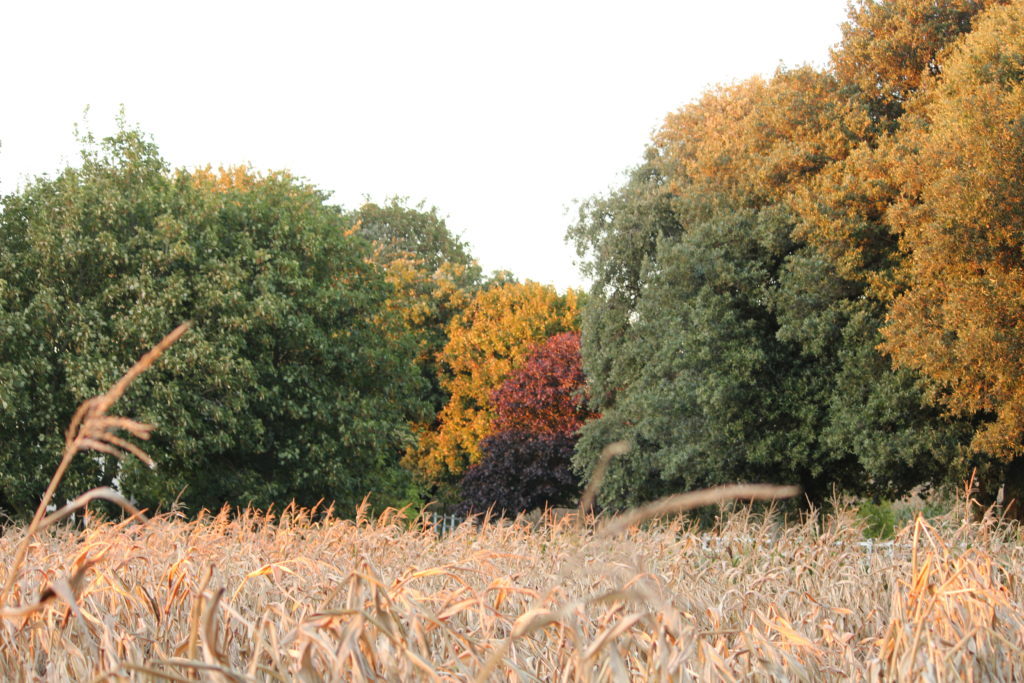
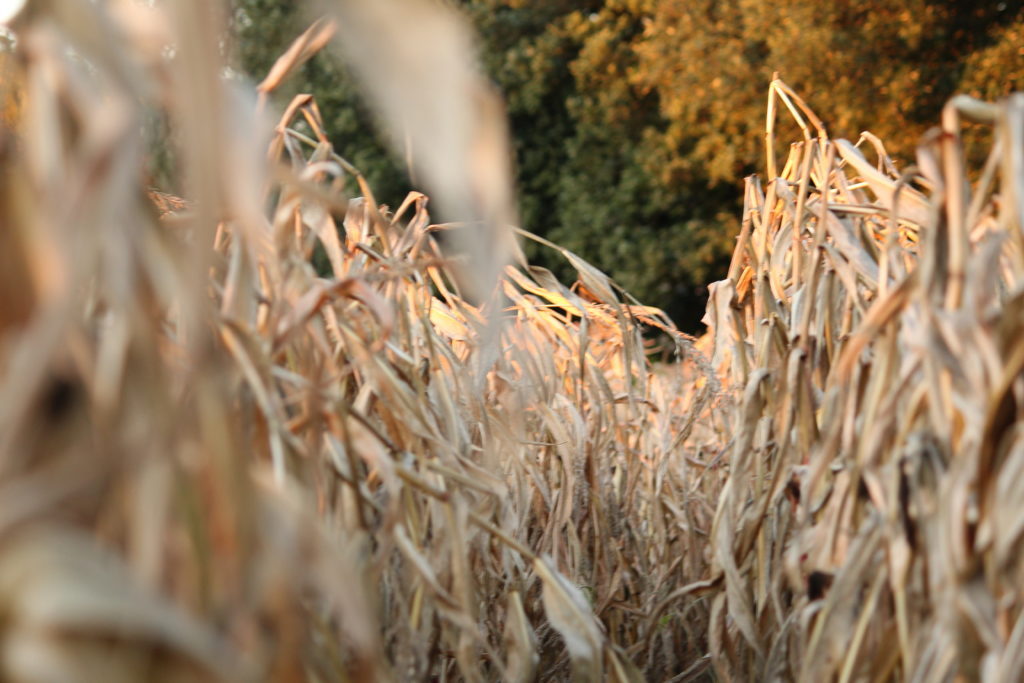
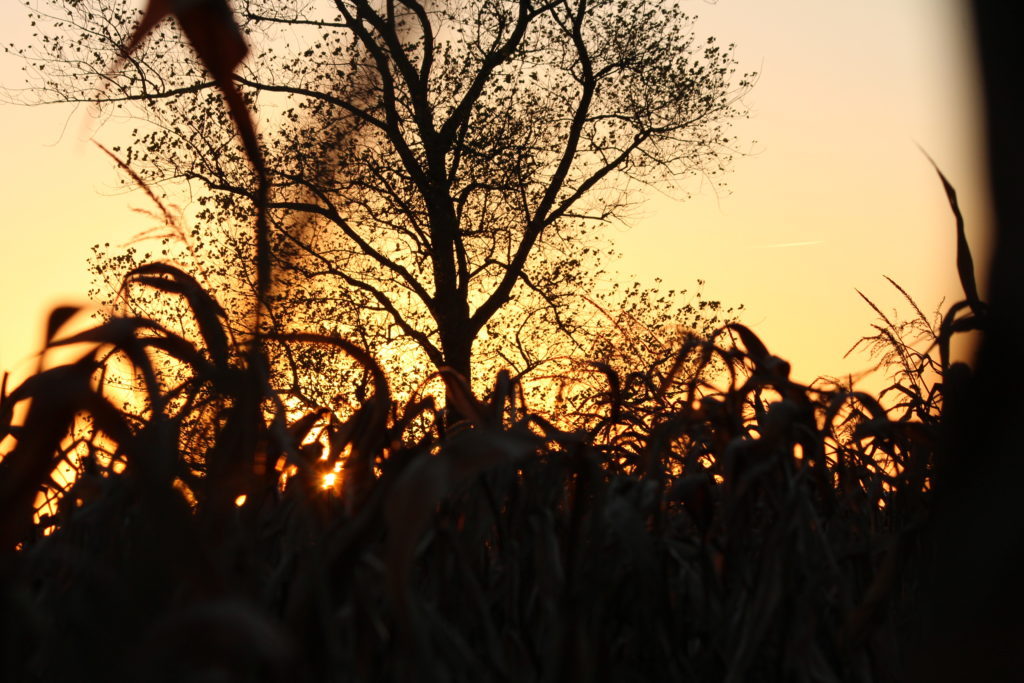
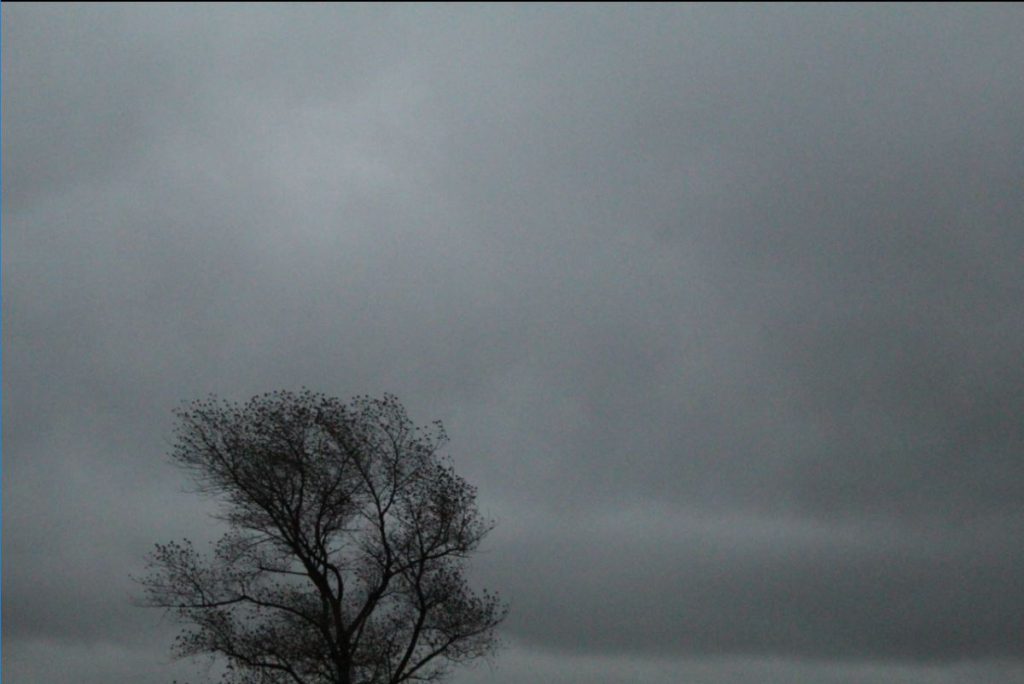
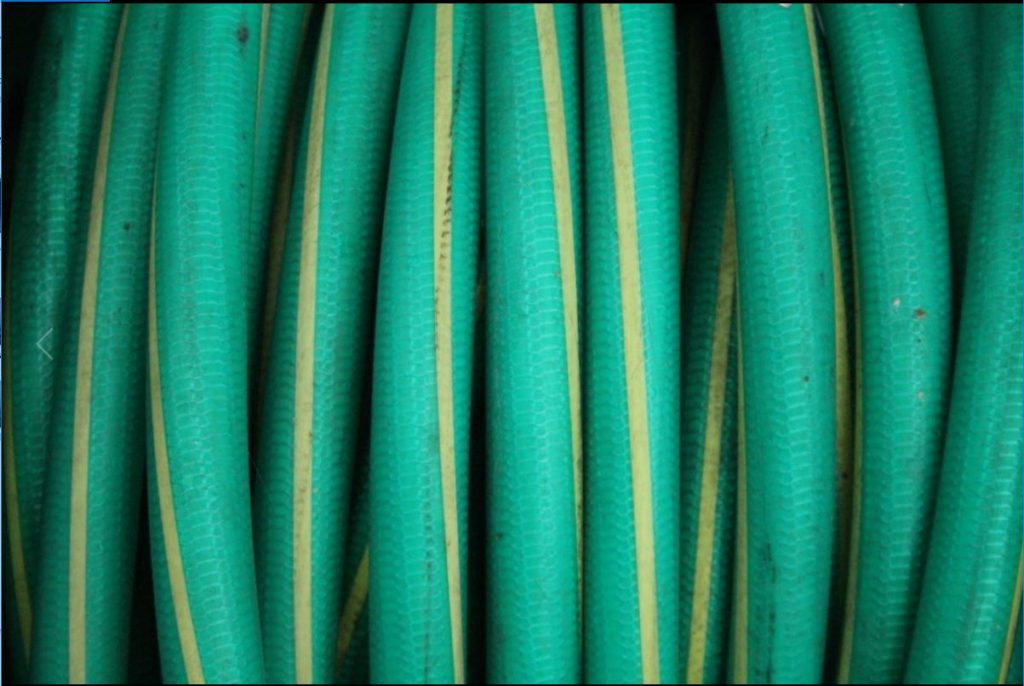
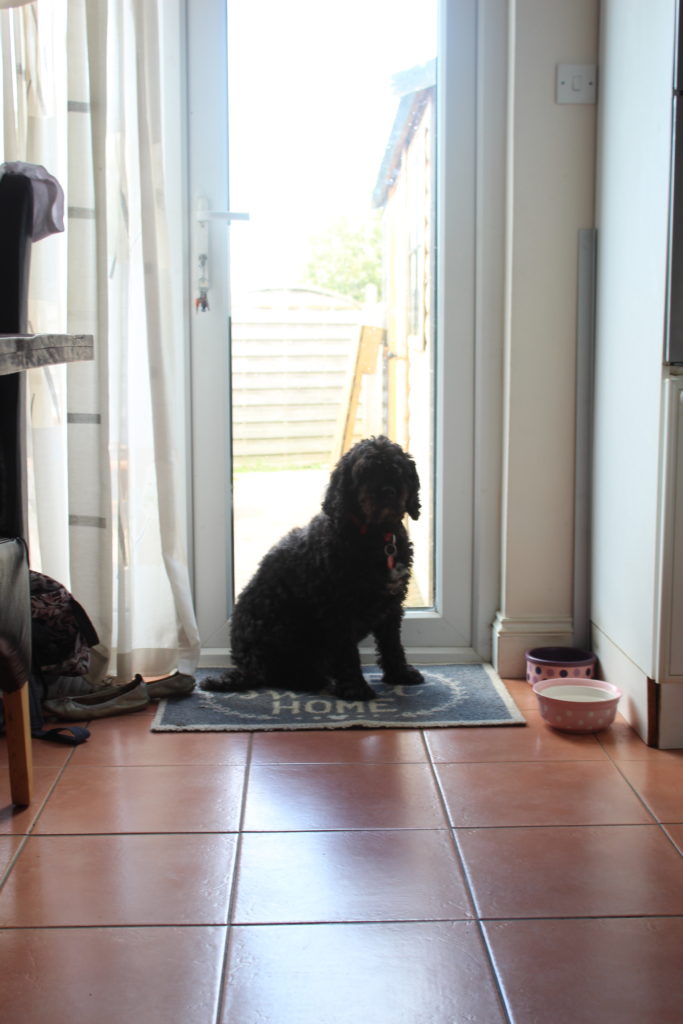
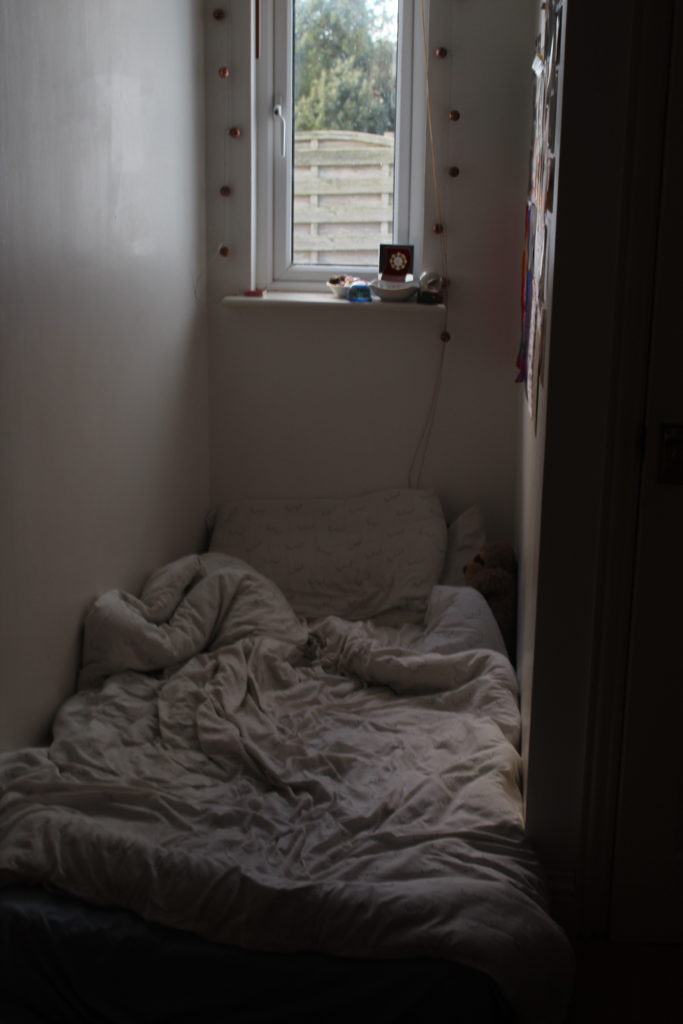
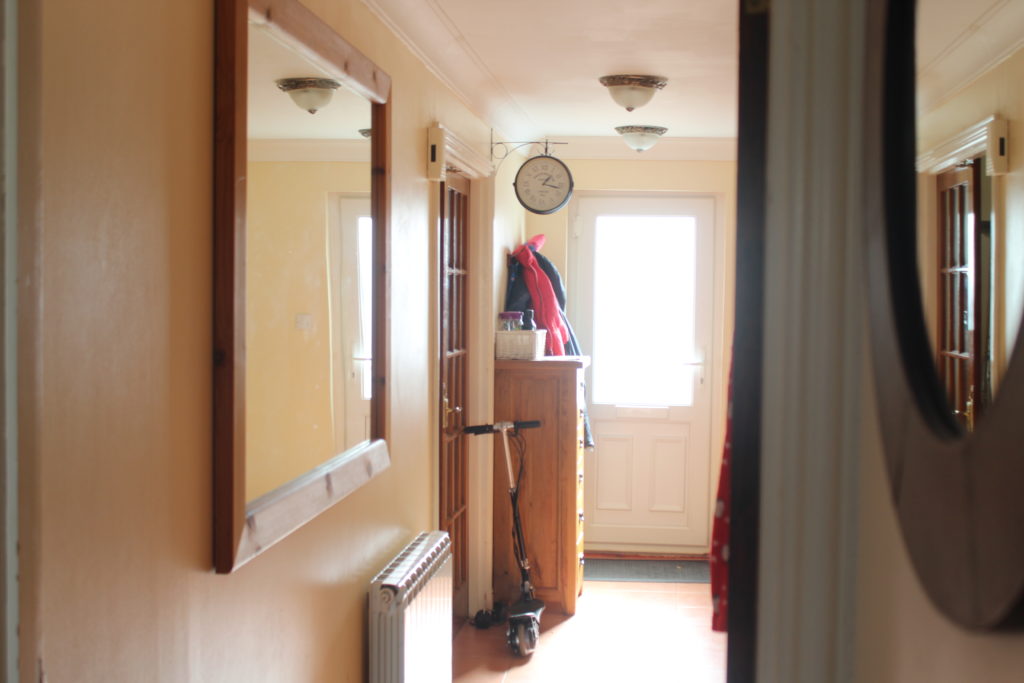
Photo shoot planning: Family Portraits
PHOTO SHOOT PLANNING:
WHERE: The images below were all taken in a school gym which was utilised for the 3rd birthday part of my boyfriend’s nephew.
WHEN: The images were take during the late hours of the afternoon, creating bright and at times dramatic warm lighting within the images.
WHO: I manly focused on Beau, who was very interested in participating in the images, but I also attempted to include a wide variety of people, from the young to the old who attended the event.
HOW: I used my usual DSLR camera in order to capture these images, using the manual camera setting in order to adapt to the quickly changing lighting of the gymnasium.
WHAT: In order to get successful outcomes, capturing this birthday party was a priority as I knew I would be able yo capture a wide variety of people within my family in an environment which is different from the typical.
WHY: In order to keep exploring different themes and experimenting with the topic of candid portraits within our own personal family life.
SUCCESFUL IMAGES:
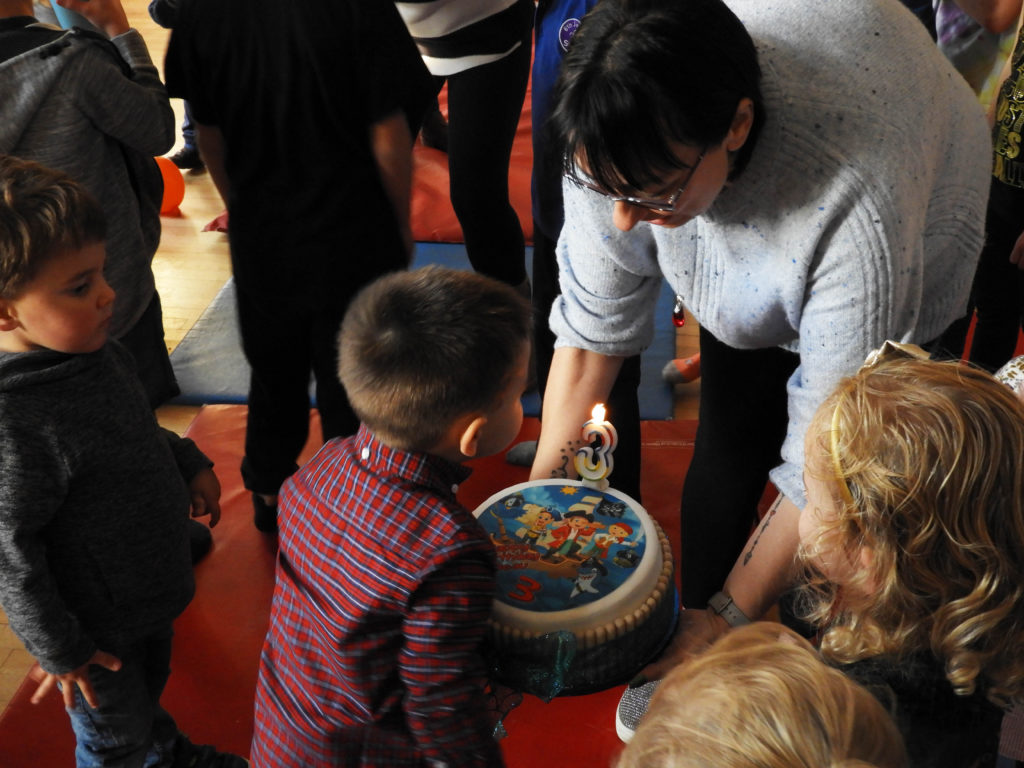

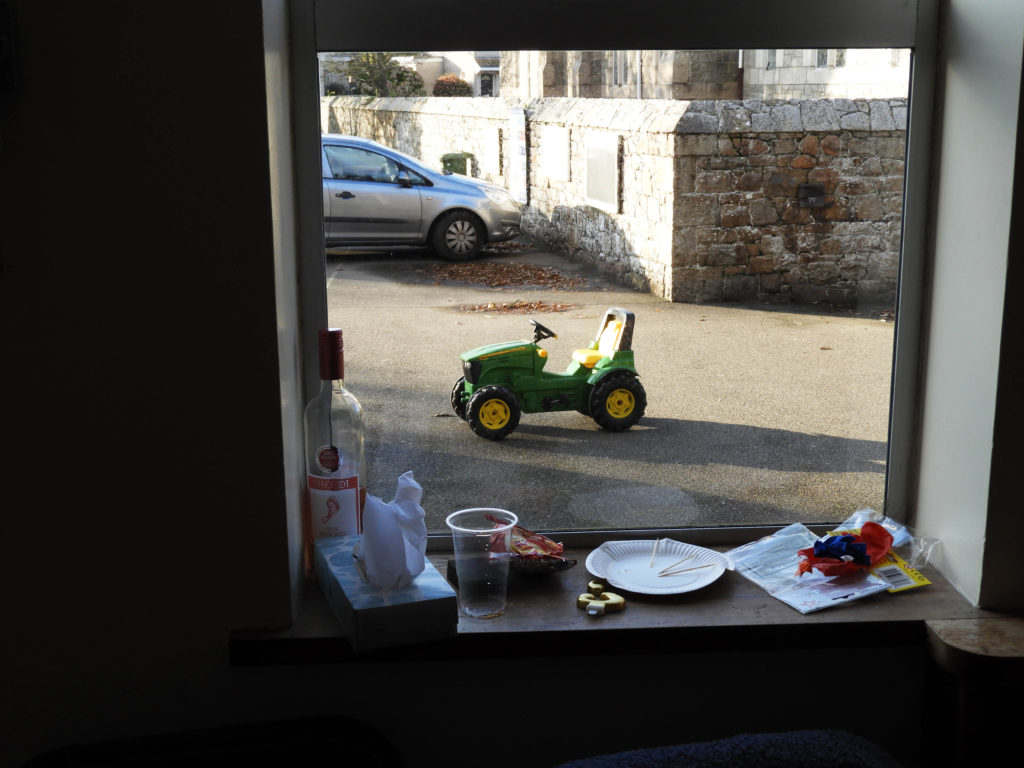



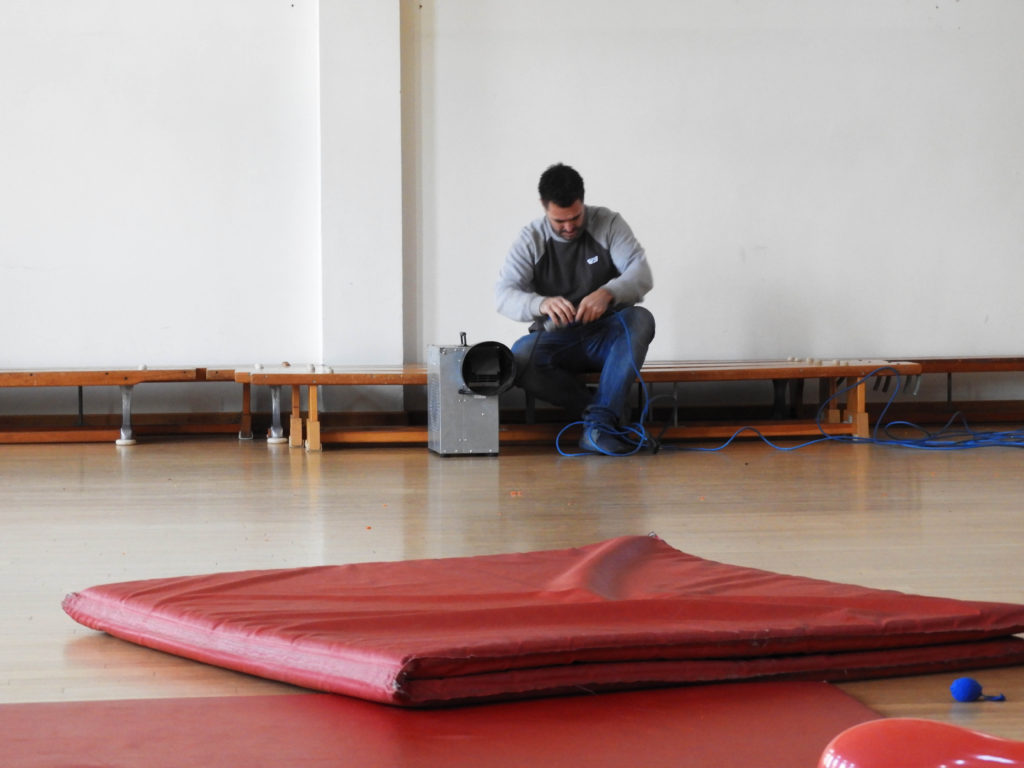

CRITICAL ANALYSIS:
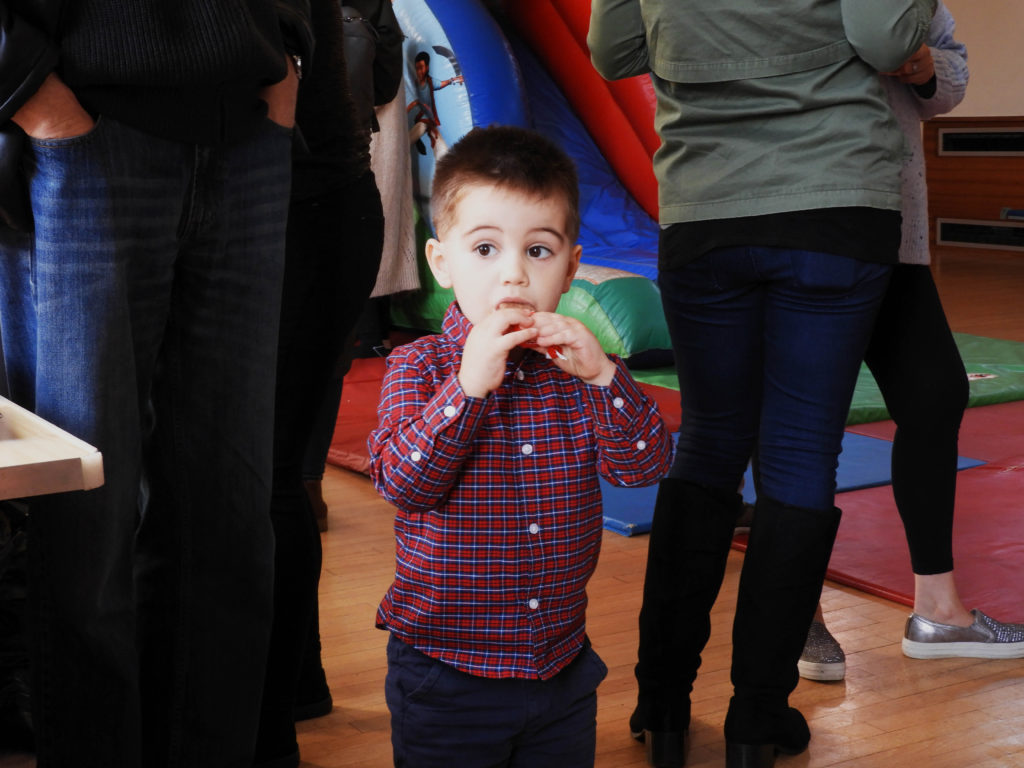
VISUAL:
In terms of the visual aspects of the image it is fairly interesting as it captures the innocence of childhood perfectly. The notion of innocence refers to children’s simplicity, their lack of knowledge, and their purity not yet spoiled by mundane affairs. Such innocence is taken as the promise of a renewal of the world by the children.The focal point of the image, Beau, can be seen unassumingly biting down on a snack surrounded by an abundance of darkly dressed adults. In my mind this was a very successful image both in terms of its quality and the narrative. Beau is almost illuminated like an angel with the warm tone lighting which is provided by the golden hour sun coming in from the left hand side of the image. The long, and multitude of legs in the background is broken through by the curious expression of Beau who is gazing out towards the window, juxtaposing the lack of identity which comes from just the bottom half of the adults. Another important point of contrast in the image is the height between the adults and Beau, representing development and again, growing being a part of becoming an adult both in a physical and literal sense. Another point of juxtaposition within this image comes from the lack of pattern in the backdrop of the image with the checkered shirt which Beau can be seen wearing. There is a real sense of depth within this image not only from the positioning but also the lighting, Beau is very much illuminated ,with less dramatic contrast between light and dark on his body whereas the backdrop is composed mostly of shadowy darkness.
TECHNICAL:
In terms of the technical aspects of the image, it was one of the harder photo shoots which I have had to compose due to two factors. Firstly the lighting was constantly shifting within the hall, I started of the shoot with very dull, neutral lighting which came from the fairly cloudy weather conditions outside. This was a challenge to work with as the lighting was not sufficient enough for my camera to work at its optimum and it meant that the majority of my beginning images ended up containing a lot of motion blur, not ideal when working with kids who are constantly moving. When the weather conditions became slightly clearer, the golden hour lighting, which came through during the later hours of the afternoon, illuminated the images in a way which was warm and yellow/orange toned as opposed to the cool blues of before. Capturing images when the lighting was more direct meant that less motion blur occurred and the amount of successful images increased. A way in which I could have combated the motion blur could have been flash, yet I did not want to employ this strategy as I think it is essential for candid portraits like these to remain as natural as possible, with the addition of flash I feel as though they become staged, almost something which would be captured within a studio.
CONTEXTUAL:
In order to explore other aspects of my family, it was important to me that I capture the different facets of what family can mean. The people who are displayed in the photos are not my blood relatives but rather the family of my significant other. As someone who does not have any children who are a part of my family, an interesting topic which I had hoped to discover through my photography was the innocence of childhood which I think has been captured well within my images especially in my most successful image, Beau encompassing the essence of what it means to be oblivious to the outside world and the struggles of adult life. Simply enjoying his birthday in a school gym which was organised by his grandfather. It was also very interesting to find out about the family dynamics of other families other than my own, sometimes being eyeopening and strange to witness. I feel as though the abundance of people also made it easier to capture these candid images as the pressure o one camera being focused on a few people can sometimes be too much ,making the images uncomfortable and staged at points.
CONCEPTUAL:
A candid photograph is a photograph captured without creating a posed appearance. The candid nature of a photograph is unrelated to the subject’s knowledge about or consent to the fact that photographs are being taken, and unrelated to the subject’s permission for further usage and distribution. The crucial factor is the actual absence of posing. However, if the subject is absolutely unaware of being photographed and does not even expect it, then such photography is secret photography, which is a special case of candid photography.
EXAMPLES OF SHIFT IN LIGHTING TONES:

When taking sample colours from the images it can very clearly be seen that one image leans far more cool toned than warm toned which reinforces the points I made before about how cloudy weather conditions can significantly cool down a photo, and a lack of them with clear weather can warm up a photo’s colour palette.

EDITING PROCESS:
In order to edit the image I stuck to a very simple procedure, simply correcting the exposure, brightness, contrast, vibrance and saturation. As this essence of this project is to capture candid imagery, I though it was essential that I kept the images as candid and raw as possible in order to allow the viewer to make a connection with the people and make them the focal point rather than over the top editing which would distract away from this.
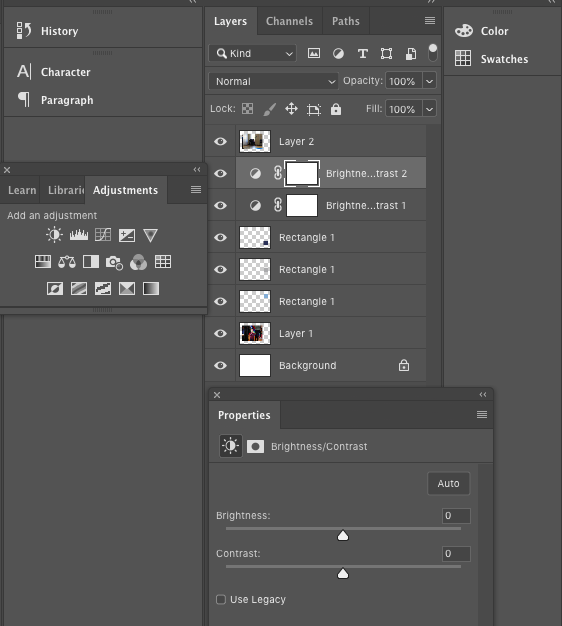
Home Sweet Home:Gran
I think its important to establish who you are photographing before you start shooting. My Gran is 74 years old, born in 1944 in Nottingham, she experience WW2. She was meant to be born in Alderney but everyone on the island was evacuated, her and her family sheltered in a house on the mainland but not for too long as the war was nearly over. Since living in Jersey she met my late grandad and had two babies , they divorced when their youngest child went to uni. My gran moved to the current house she is living in now on her own, shes had love interests since but they either didn’t work out of died. I met her mother when I was little but around when I was 3 years old she died in Alderney. I never met her father, she hardly ever mentioned him. She currently has four grandchildren but two are at boarding school and this is my last year on island and I can tell that she is being to lose purpose.
The house she lives in now has great significance to me, it was the first place I slept without either of my parents, it was the place I would go when mum was at work or going out, it became my third home after my dads. I remember so vividly counting sheep in the attic room to get myself to sleep as I thought the house was haunted and I still do today. The kitchen has significance because its where I made my first cake and she would always make cheese on toast for me and no one could make it better than her.
I used to as a child think it was weird she lived alone when she had a committed boyfriend but I understand it, she likes her own small space and I think after years and years of looking after my grandad she just wants to look after herself and not relive it with another man. She likes her small house because its easy to keep tidy and it doesn’t feel empty to her. She frequently is out playing squash, cards, country dancing, holidays, meals, visiting friends and family, but when I see her she’s always at home, when I think of her the house is a part of my image.
My Images
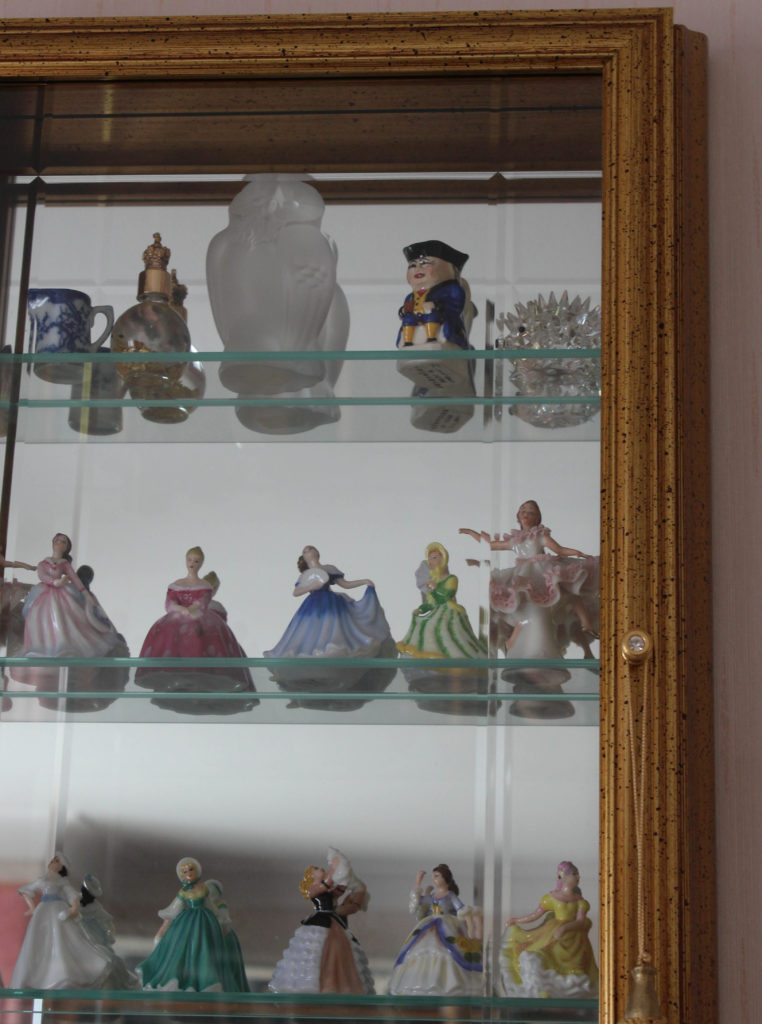

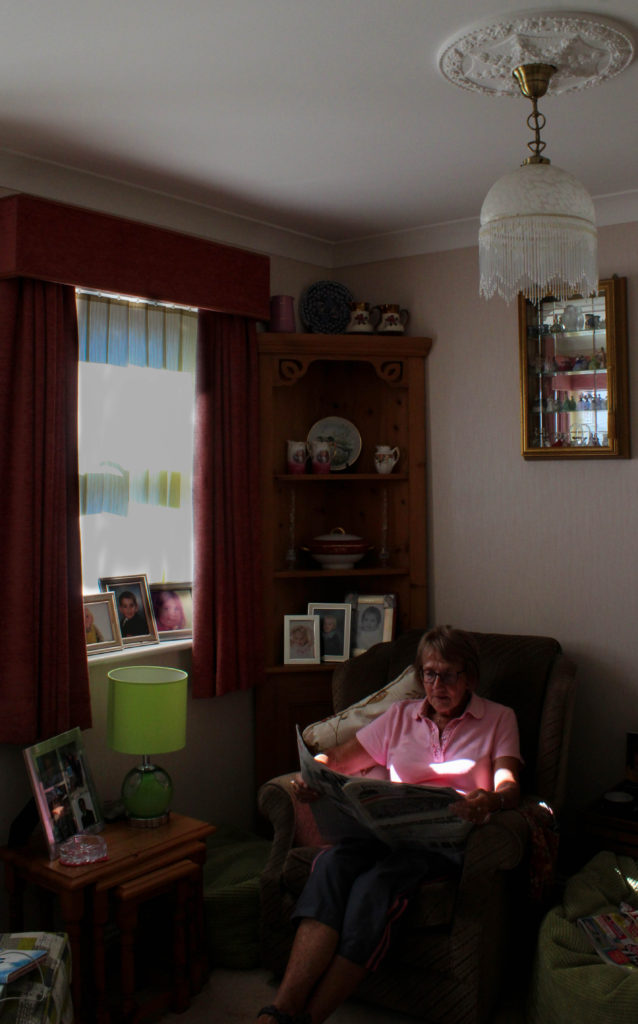

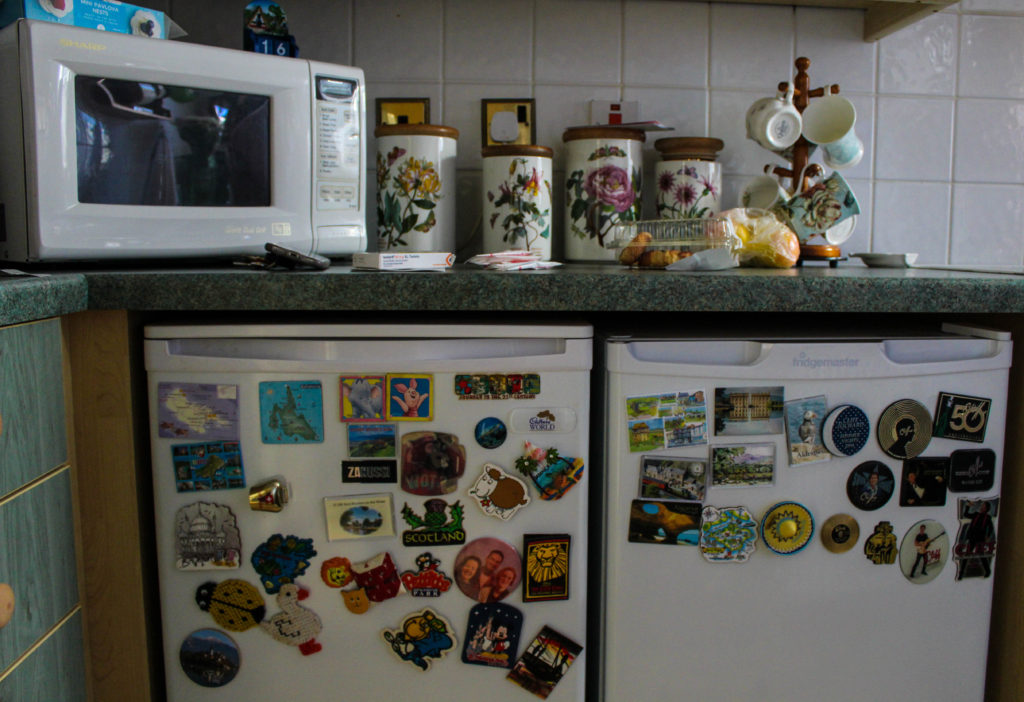

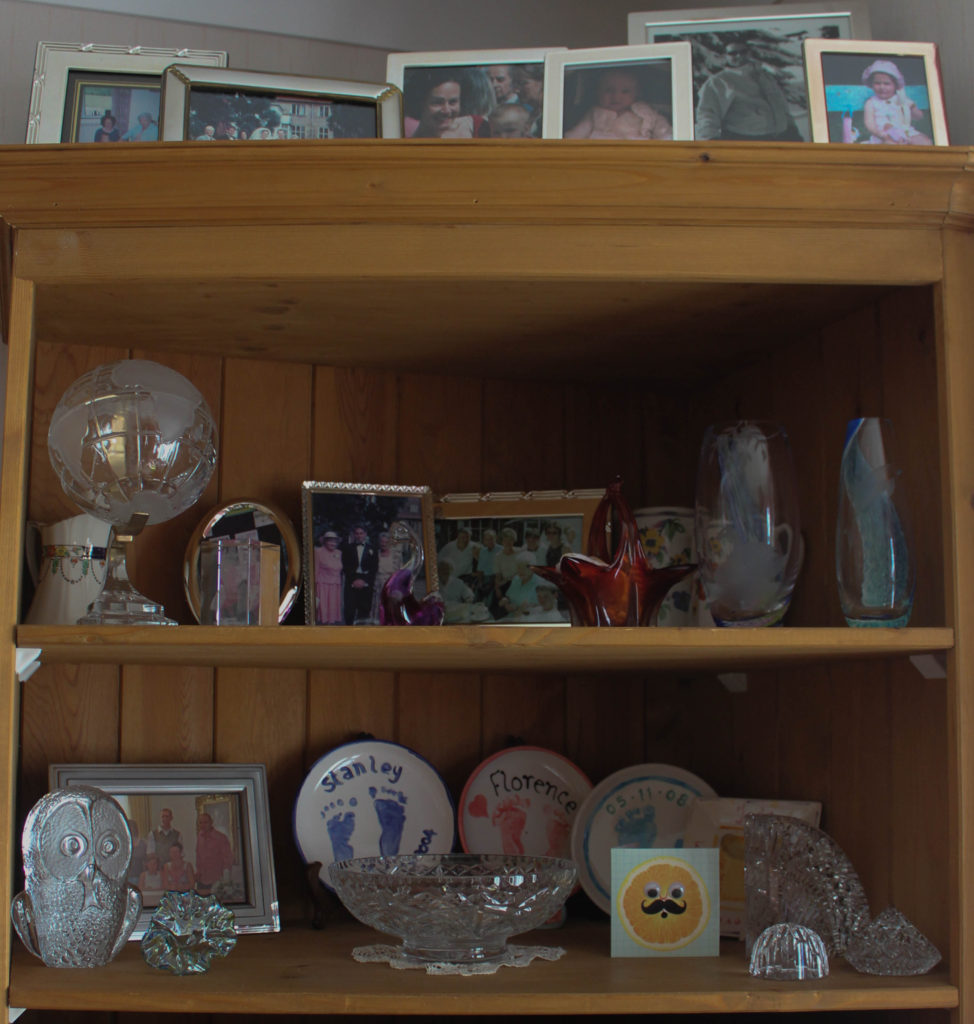


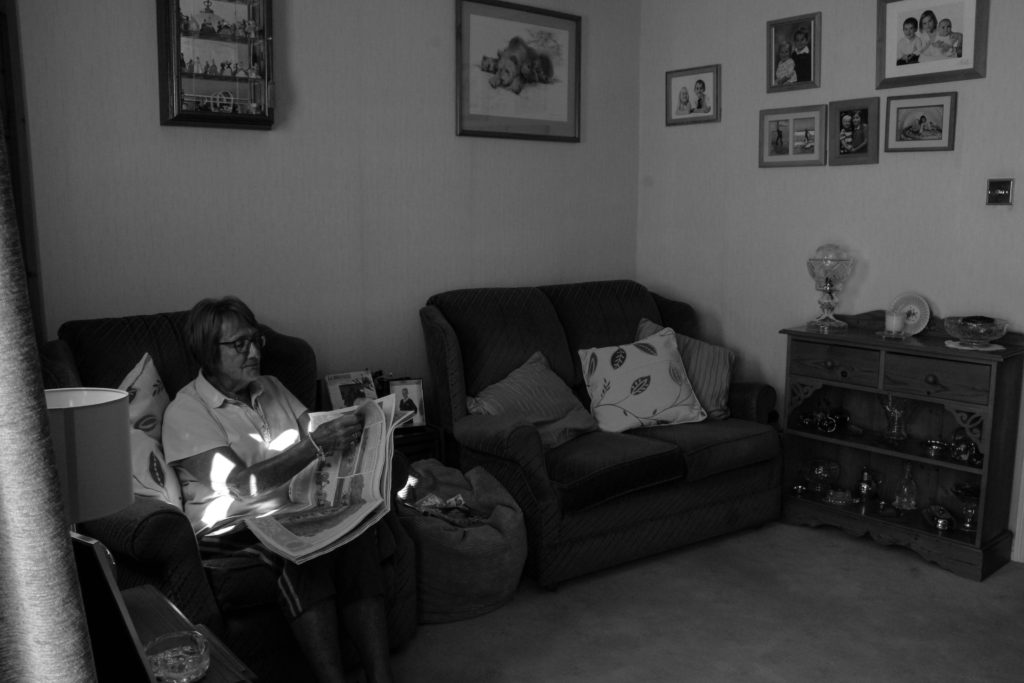
Analysis
Overall I am pleased with my shoot as I feel I have several successful images. All images of my gran are candid as required of the task but I wanted to also include close up images of item and furniture in her house in order to get a further sense of who my gran is. I’ve always wanted to capture images of my grans house as I feel it has so much character to it, all the trinkets and photos hold meaning and have a story behind them. I feel her house mirrors her age well because modern houses are usual minimal, mostly white and lack individuality. When I arrived she was just sat on her sofa listening to the radio with a paper in her hand so I captured that, rather then placed her in an unnatural position, I wanted it to feel as authentic as possible, therefore I had low levels of control. She then later went in the kitchen to make a cup of tea so I followed her and just took shots of her getting on with it and then some close ups of features in that room. I used natural lighting in all my images and a mixture of close ups and wide angle images. I have cropped every photo in lightroom to get rid of any unnecessary space to make sure the focus of the image is clear. I chose to have both colour and black and white images as I wanted to replicate her my memories in her house differ, some are hazy(black and white) and others are very vivid(colour). The contrasting tones of light and dark also represent how life in that house has been for my gran, some sad things have happened since living in their as well as amazing things.
Photoshoot of Occupation Survivors.
As a follow up to the interview with Hinualt and Joyce, we were given the opportunity to photograph the pair in the studio.


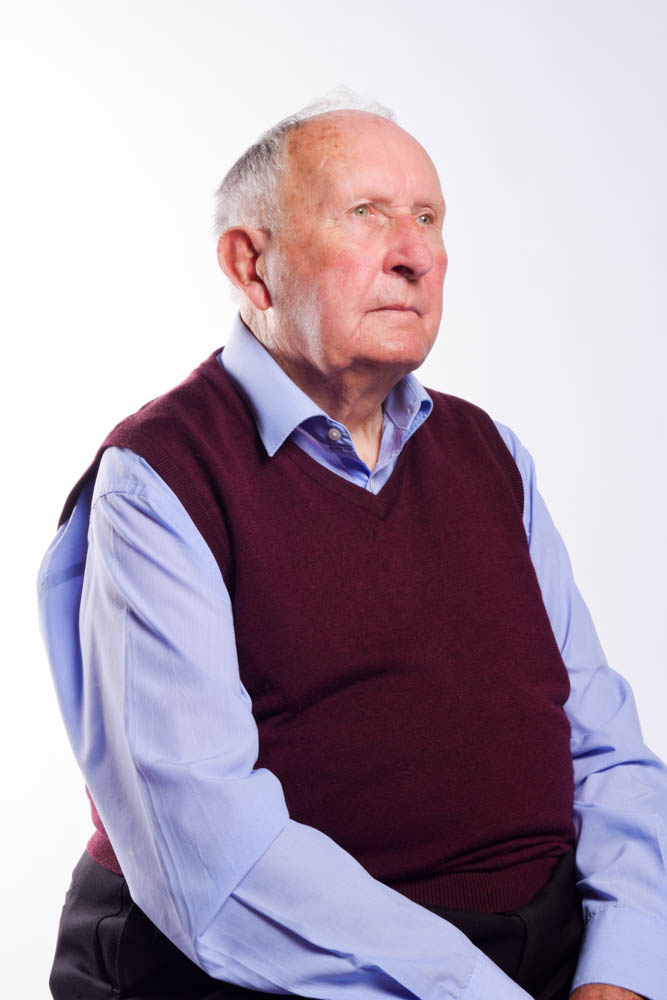
Before 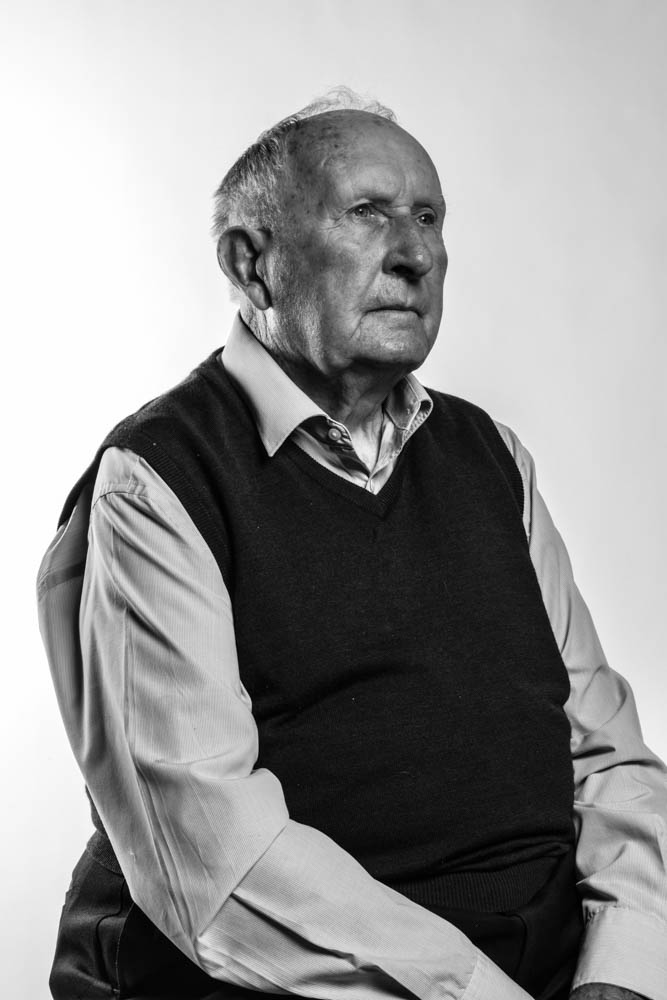
After 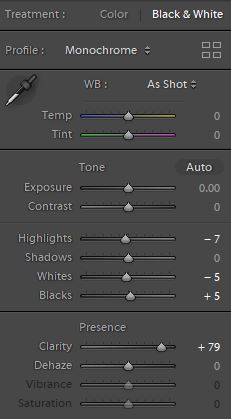
Concept/Context:
For this image I wanted Hinault to appear to be remembering the past. During the interview he mentioned that the Occupation was something he now found ‘hard to remember’ but he could ‘never forget’ it. This is something that I wanted the portrait to show.
I also knew when I took the photo that I would later use Lightroom to make the image black and white. This was to mimic the colourless images that would have been taken during the 1940s, before colour photography was available.
Visual:
The above image shows Hinault looking off to the side of the camera. I asked him to do this as I wanted to create a distant, far-off look on his face. This was to show that Hinault was lost in thought, remembering the Occupation. The look of content on his face suggests that he is remembering on the more pleasant experience from that time.
A second feature of the image is the choice I made to make the image black and white. I did this for two reasons. The first being that I wanted to make the image resemble those from the 1940s. The second reason, was to give the image a slight bitter-sweet feeling. While Hinualt’s face shows that he may be reminiscing a positive memory from the Occupation, the monochrome look of the image as a whole adds a sense of sadness that contrasts this. This represents that idea that while there were the occasional good thing that happened, the five year occupation was a tragic time for the people of Jersey and the survivors now find it difficult to think about without tearing up, something that both Hinualt and Joyce demonstrated during the interview.
Technical:
I took this image in the studio using a shutter speed of 1/25secs, an aperture of F/16 and an ISO of 100. Soft boxes were used to illuminate Hinualt’s face and prevent shadows using a light from behind.
Experimentation:
Contemporary Artist – Martin Parr

Martin Parr, born May 23rd 1952, is a modern documentary photographer. A lot of his work is based upon social classes and power. Some work that links to power are his Liberation imagery, in these images he uses the event of Liberation Day which is celebrated every year in Jersey to create photographs, usually of people to show the power that people that lived through world war 2 have regained power.
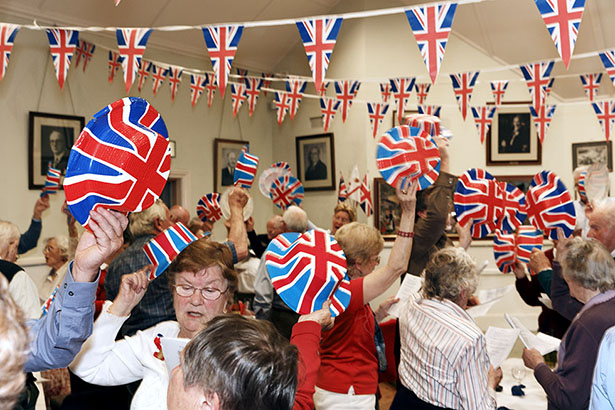
Technical: This image uses unnatural lighting, which is coming from above. Though the lights are dim and therefore cause the brighter colours within the image to stand out more, such as the hats and the people. Martin Parr has taken this image from fairly close up using a wide lens to see as many of the people within the frame. He may have decided to take it from this close to display how closely he and we are related to these people.
Visual: This image uses lots of colours. The main colours that stand out are red, white and blue. This was likely done to show the people within the images overwhelming love for Britain. This is also shown by the Union Jack logo being repeated throughout the image overhead and on the hats.
Contextual: This image was taken at a Liberation celebration which is a celebration in Jersey to remember the day the island was liberated from the German occupation at the end of World War 2. This image shows people who likely were very young during the time of the war or born shortly before it ended.
Conceptual: This image was taken as an image to celebrate Jerseys freedom from Germany during World War 2. It was taken on a Liberation day celebration, it shows lots of people who were likely alive within the war sitting down with Union Jack hats. An idea Marin Parr may have had while taking this image is to stay close to the people within the room to show the connection between him and them. He may have also decided to take the image while they were all holding the hats in the air to show that they have faith in their country.

